Te ite i te pae no te uira
What are the Functions and Advantages of Electric Logistics Vehicles
Tuuhia i ni'a i te na roto i te Te mau pereoo uira
They are frequently employed in the logistics industry, such as in the logistics distribution of large supermarkets or the logistics turnover between factory processes. Not only can they guarantee that the goods remain undamaged during handling, but they also ensure the safety of the employees. Simultaneously, their own weight is relatively low, the trolleys are aesthetically pleasing and practical, and they exhibit high maneuverability. The following is a detailed account presented by the author on “What are the Functions and Advantages of Electric Logistics Vehicles?”
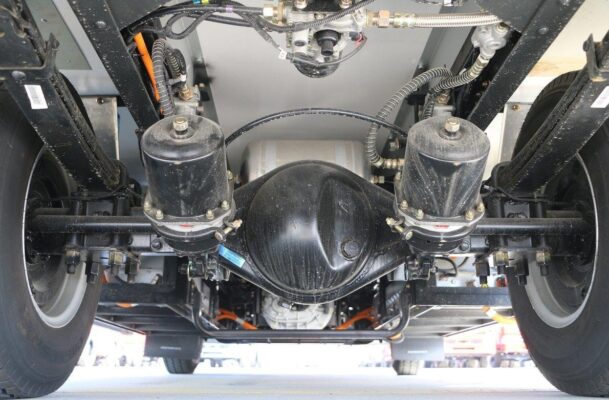
A tahi, they serve as handling tools within the logistics and manufacturing sectors, allowing for the full utilization of the production line space.
This functionality is crucial as it optimizes the layout and workflow within the production environment. By efficiently handling materials and products, it ensures a smooth and seamless operation, minimizing bottlenecks and maximizing productivity.
Let’s delve deeper into this aspect. The ability to make the most of the available space helps in streamlining the manufacturing process. It enables better organization of materials and components, reducing clutter and improving accessibility. This, in turn, leads to reduced production times and enhanced overall efficiency.
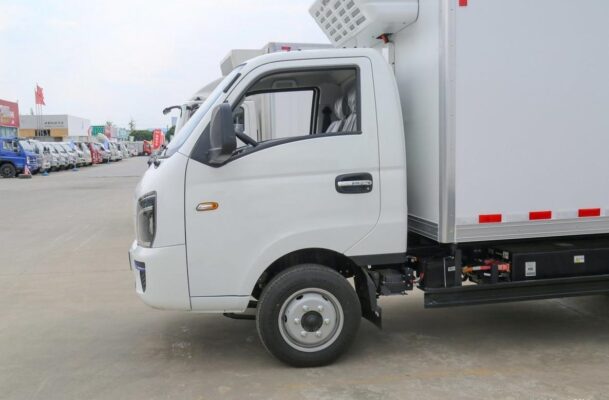
Piti, they facilitate planned production, conserve manpower, and cut down costs, thereby achieving high productivity and superior quality.
The implementation of pereoo uiras allows for precise scheduling and coordination of material movements. This leads to more efficient use of labor resources as tasks can be carried out with greater accuracy and less physical effort. The reduction in manual handling also minimizes the potential for errors and damages, contributing to improved product quality.
Ei hi'oraa, automated guided vehicles (AGVs) can be programmed to follow specific routes and perform repetitive tasks with consistent precision, eliminating the variability associated with human operators. This not only boosts productivity but also ensures that products meet strict quality standards.
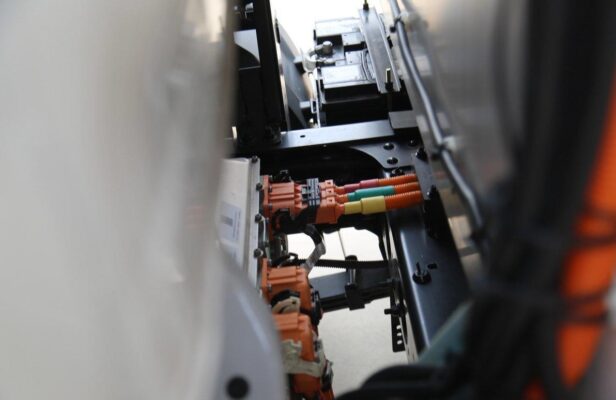
A toru, they are the prevailing choice for product handling, guaranteeing the safety and reliability of both personnel and items during the handling process.
The design and functionality of pereoo uiras incorporate safety features to protect both the workers and the goods being transported. This includes features such as stable platforms, braking systems, and protective barriers to prevent items from falling or workers from being injured.
Hau atu â, the controlled speed and predictable movement of these vehicles reduce the risk of accidents and mishaps in busy industrial and logistics settings. The use of advanced sensors and safety protocols further enhances the overall safety environment.
A maha, they offer substantial storage space, exhibit flexibility in application, and can be folded and stored without occupying excessive space.
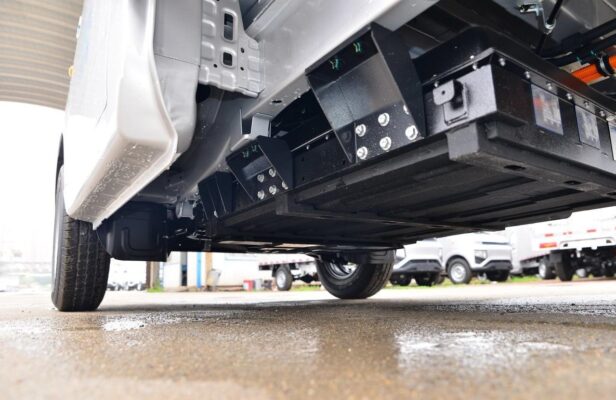
The generous storage capacity of pereoo uiras enables the transportation of large quantities of goods or materials in a single trip. Their flexibility allows them to adapt to various sizes and types of loads, making them suitable for a wide range of logistics tasks.
The folding or collapsible feature is particularly advantageous in situations where storage space is at a premium. It enables easy storage when the vehicles are not in use, maximizing the utilization of available storage areas.
A pae, equipped with clear signs, the process operation becomes evident, the transportation is light and flexible, and the operation is straightforward.
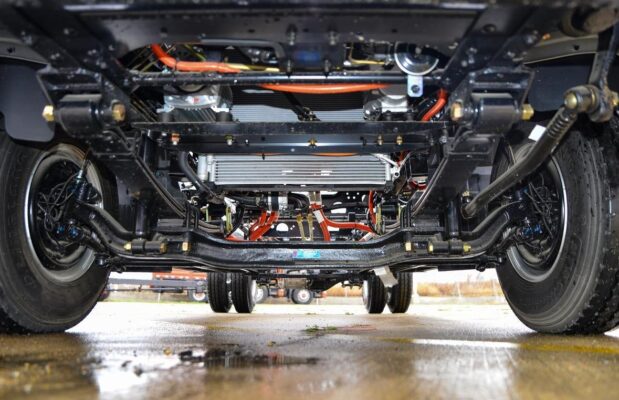
The presence of visible and understandable signs on the vehicles helps workers quickly identify the contents and destination of the load. This simplifies the sorting and distribution process and reduces the chances of errors or misplacements.
The lightweight and flexible design of the vehicles allows for easy maneuverability in confined spaces and complex logistics environments. The intuitive operation controls make it accessible for workers to operate with minimal training, enhancing overall operational efficiency.
A ono, they boast high maneuverability, an attractive structure, electrostatic spray coating on the surface, and an extended service life.
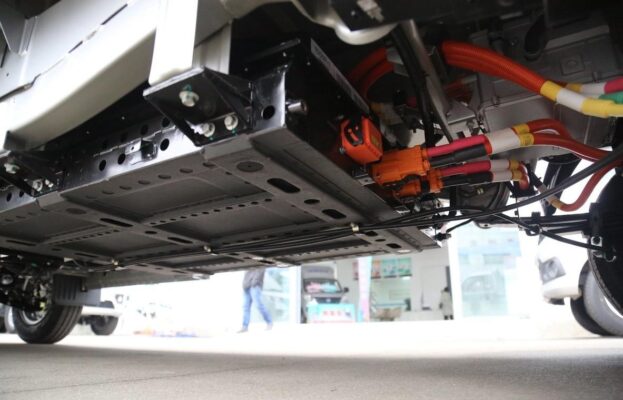
The maneuverability of pereoo uiras enables them to navigate through narrow aisles, tight corners, and congested areas with ease. The aesthetically pleasing design not only enhances the visual appeal but also indicates a modern and efficient operation.
The electrostatic spray coating provides a protective layer that resists corrosion and wear, contributing to the longevity and durability of the vehicles. This reduces the need for frequent replacements and maintenance, resulting in cost savings over the long term.
Hitu, they are professionally designed, easy to operate, time-saving, and labor-efficient. They are extensively utilized in the logistics distribution industry and processing manufacturing industry, serving as indispensable choices for handling, transporting, storing, and showcasing small items for a variety of purposes.
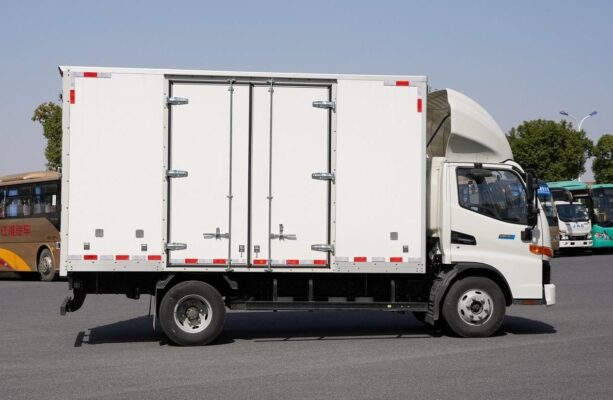
The professional design takes into account the specific requirements and challenges of logistics and manufacturing operations. The ease of operation reduces the training requirements for workers and ensures smooth and efficient workflow. The time and labor savings translate into increased productivity and cost-effectiveness for businesses.
Te va'u, loading and unloading is rapid and convenient, saving more than 8 times the storage space.
The efficient design of the vehicles and their associated loading and unloading mechanisms significantly reduces the time and effort required for these processes. The space-saving aspect is crucial in optimizing warehouse and storage facilities, allowing for more efficient inventory management and increased storage capacity.
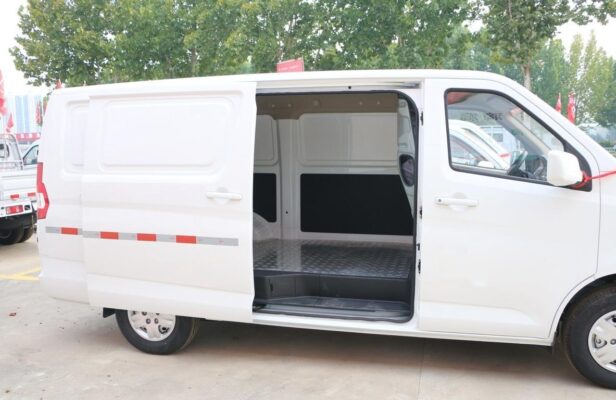
In addition, pereoo uiras can also be utilized for the storage of parts on the production line, providing a clear overview at a glance and promoting more standardized temporary storage in production. This convenience for assembly lines leads to improved work efficiency. They are also effective for transporting materials along the line, ensuring quick and accurate deliveries without errors.
Ei faaotiraa, pereoo uiras bring a multitude of functions and advantages to the logistics and manufacturing sectors. Their combination of efficient handling capabilities, safety features, space optimization, and ease of operation makes them an invaluable asset in modern industrial and commercial operations.